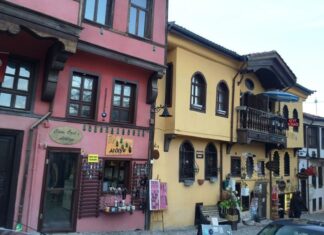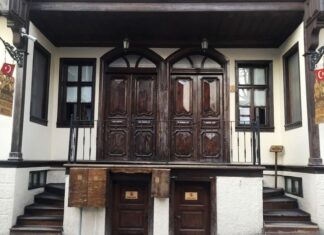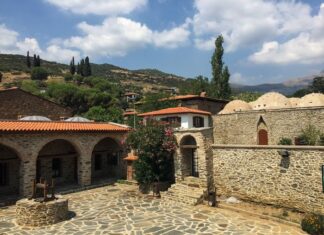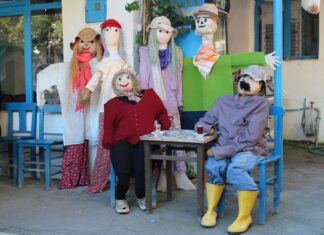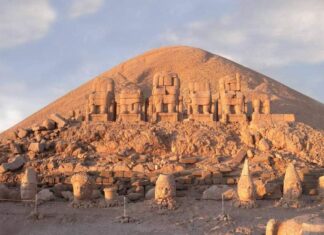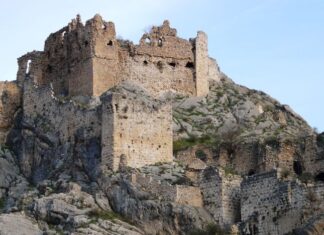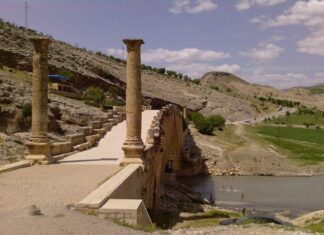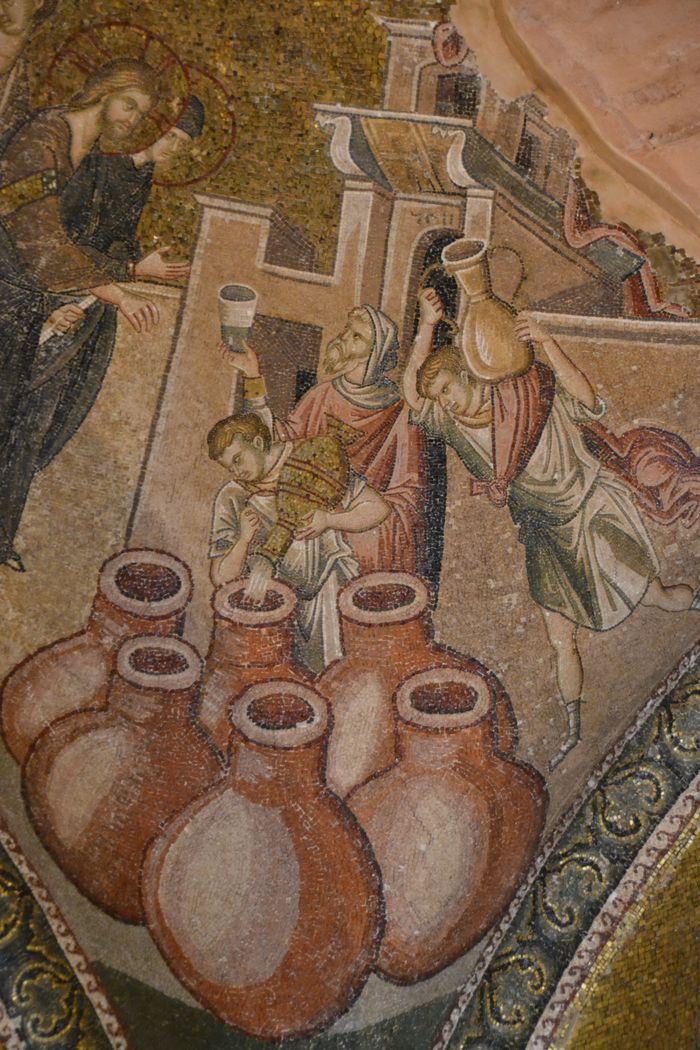Home Blog
Early Trade and Industry in Bulgaria
Railroads and Urban Specialization
The first railroad in Bulgaria was built in the second half of the 19th century, connecting Russe on the Danube with...
Bulgarias Economy under Turkish Rule
Agrarian Economy and Land Systems
During the five centuries of Turkish rule in Bulgaria (1396–1878), the country maintained a mostly agrarian economy. Farming was the...
Exploitation and the Big Leap Forward
In the late 1950s, the Bulgarian people faced increasing exploitation under the Communist regime. In October 1958, the Bulgarian Communist Party, acting under clear...
An Honor to American Opticians
Recognition from the Russian Emperor
Through the courtesy of Messrs. Alvan Clark & Sons, we are pleased to publish an extract from a letter written...
Edward Channing
The Latest Slides in the White Mountains
The White Mountains of New Hampshire have once again experienced significant landslides. The most notable recent event occurred...
The Berlin Congress and the Eastern Question
England’s Concerns and the Road to Berlin
In 1878, England, then governed by the Beaconsfield administration, could not quietly accept Russia gaining a dominant position...
Hermits and Eccentrics of Athens
The Hermit on the Temple of Jupiter
A long time ago, a hermit chose to live on top of the columns of the Temple of...
Education in Greece
Literacy and Schooling
Although Greece has not conducted a recent census, estimates based on young men entering the army suggest that about thirty percent of...
Crime and Prison in Greece
Prison Life and Public Opinion
In Greece, people who have served a term for murder do not carry a social stigma. In fact, it is...
The Movement for Union in Eastern Rumelia
In Eastern Rumelia, the Bulgarian population, which made up five-sixths of the province's 1.5 million people, began organizing a movement to unite with Bulgaria.
The...

